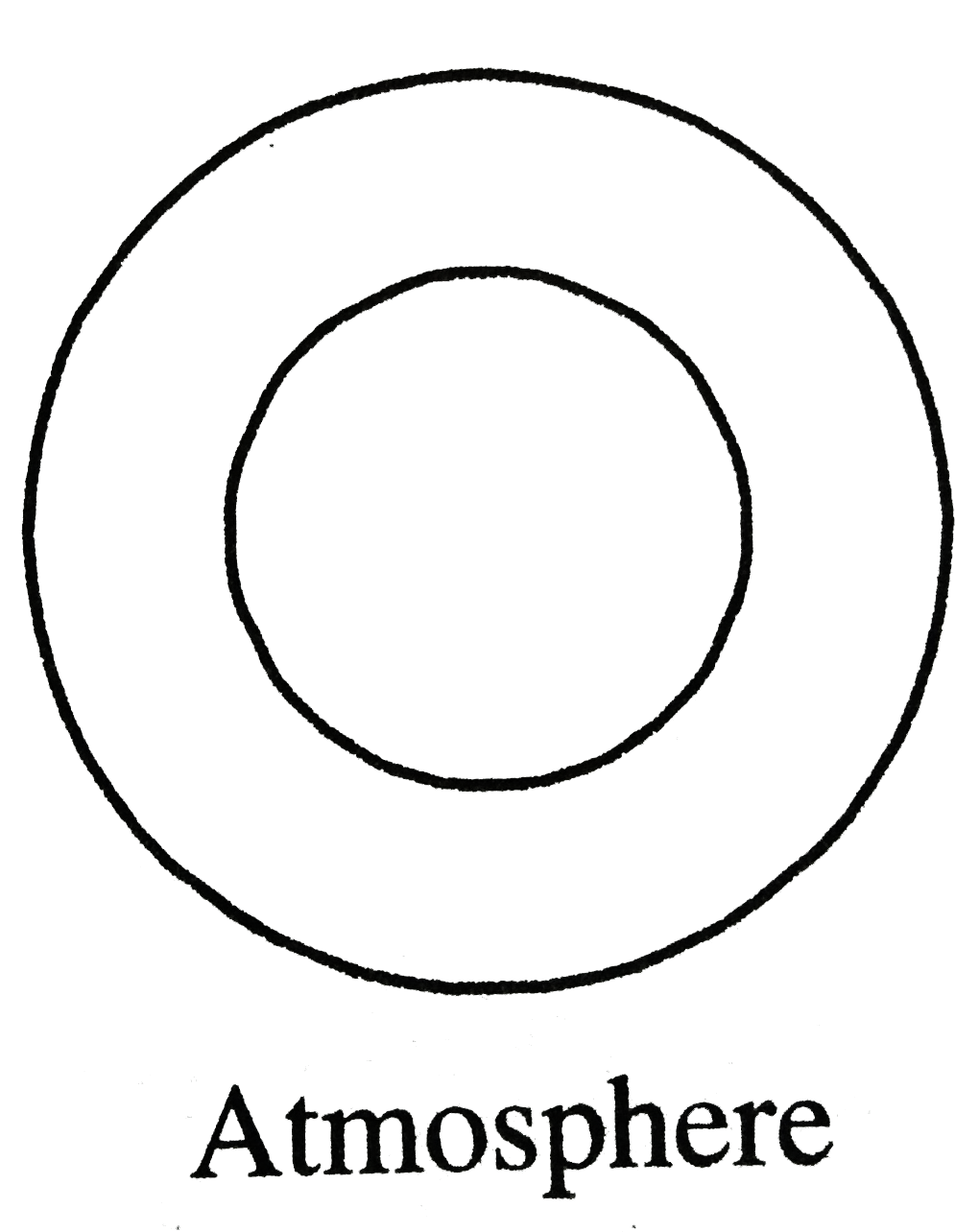What happens to the pressure inside a soap bubble when air is blown into it?
To understand what happens to the pressure inside a soap bubble when air is blown into it, we can break down the explanation into clear steps:
Step 1: Understand the concept of excess pressure in a soap bubble
The excess pressure (P_x) inside a soap bubble is defined by the formula:
Px=4TR
where:
- T is the surface tension of the soap solution,
- R is the radius of the bubble.
Step 2: Analyze the relationship between excess pressure and radius
From the formula, we can see that the excess pressure inside the bubble is inversely proportional to the radius of the bubble. This means:
- If the radius R increases, the excess pressure Px decreases.
- Conversely, if the radius R decreases, the excess pressure Px increases.
Step 3: Consider what happens when air is blown into the bubble
When air is blown into the soap bubble:
- The volume of the bubble increases, which leads to an increase in its radius R.
- As the radius increases, according to the relationship established in Step 2, the excess pressure Px inside the bubble decreases.
Step 4: Conclusion
Thus, when air is blown into a soap bubble, the excess pressure inside the bubble decreases as the radius of the bubble increases.
Summary
To summarize, blowing air into a soap bubble results in:
- An increase in the radius of the bubble,
- A corresponding decrease in the excess pressure inside the bubble.
The excess pressure (P_x) inside a soap bubble is defined by the formula:
Px=4TR
where:
- T is the surface tension of the soap solution,
- R is the radius of the bubble.
From the formula, we can see that the excess pressure inside the bubble is inversely proportional to the radius of the bubble. This means:
- If the radius R increases, the excess pressure Px decreases.
- Conversely, if the radius R decreases, the excess pressure Px increases.
When air is blown into the soap bubble:
- The volume of the bubble increases, which leads to an increase in its radius R.
- As the radius increases, according to the relationship established in Step 2, the excess pressure Px inside the bubble decreases.
Thus, when air is blown into a soap bubble, the excess pressure inside the bubble decreases as the radius of the bubble increases.
To summarize, blowing air into a soap bubble results in:
- An increase in the radius of the bubble,
- A corresponding decrease in the excess pressure inside the bubble.
Topper's Solved these Questions
- BOOK - ICSECHAPTER - PROPERTIES OF MATTEREXERCISE - MODULE 2(SURFACE TENSIONS) SELECTED PROBLEMS( FROM THE DEFINITION OF SURFACE TENSION)27videos
PROPERTIES OF MATTER
- BOOK - ICSECHAPTER - PROPERTIES OF MATTEREXERCISE - MODULE 2(SURFACE TENSIONS) FROM CAPILLARY15videos
PROPERTIES OF MATTER
- BOOK - ICSECHAPTER - PROPERTIES OF MATTEREXERCISE - MODULE 2(SURFACE TENSIONS)SHORT ANWER QUESTIONS23videos
PROPERTIES OF MATTER
- BOOK - ICSECHAPTER - OSCILLATIONS EXERCISE - SELECTED PROBLEMS (OSCILLATION IN A TUNNEL BORED THROUGH THE EARTH)2videos
OSCILLATIONS
- BOOK - ICSECHAPTER - SAMPLE QUESTION PAPER - 01 EXERCISE - SECTION - D12videos
SAMPLE QUESTION PAPER - 01
Similar Questions
Knowledge Check
- Question 1 - Select One
The excess pressure inside a soap bubble is thrice the excess pressure inside a second soap bubble. What is the ratio between the volume of the first and the second bubble?
A9:1B1:3C1:9D3:1
A soap bubble is blown with the help of mechanical pump at the mouth of a tube. The pump produces a cartain increase per minute in the volume of the bubble, irrespective of its internal pressure. The graph between the pressure inside the soap bubble and time t will be
View SolutionA soap bubble of raidus R is surrounded by another soap bubble of radius 2R, as shown. Take surface tension =S. Then the pressure inside the smaller soap bubble, in excess of the atmosphere presure will be
 View Solution
View SolutionThe excess pressure inside a soap bubble is equal to an oil column of height 3 mm. The total surface area of the Soap bubble in contact with air will be ( given density of oil= 0.9gmcm3, surface tension of soap solution= 0.03 N/m and g= 10 ms−2)
View SolutionThe excess pressure inside a soap bubble of radius R is (S is the surface tension)
View SolutionWhat is the excess pressure inside a bubble of soap solution of radius 5.00mm, given that the surface tension of soap solution at the temperature (20∘C) is 2.50×10−2Nm−1? If an air bubble of the same dimension were formed at a depth of 40.0 cm inside a container containing the soap solution (of relative density 1.20), what would be the pressure inside the bubble? (1atm. is 1.01×105Pa).
View SolutionWhen a soap bubble is charged :-
View SolutionA 0.02 cm liquid column balances the excess pressure inside a soap bubble of radius 7.5 mm. Determine the density of the liquid. Surface tension of soap solution 0.03Nm−1.
View Solution

